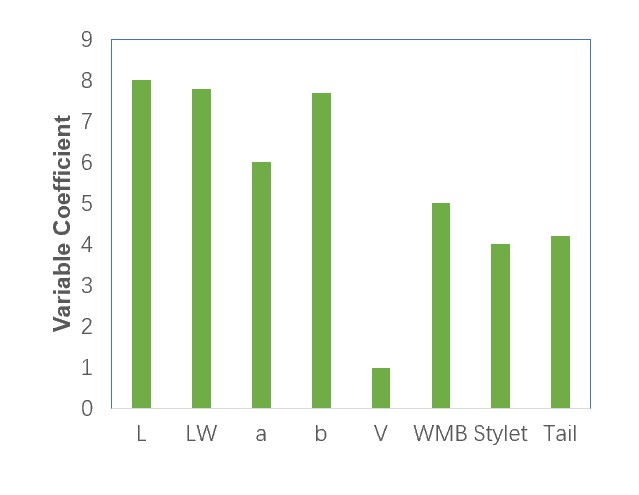Analysis of Nematode Variation
Plant nematodes are widely distributed, with many species and serious harm. They can infect vegetables, fruits, medicinal materials, and garden trees. With the change in environment, the incidence of plant nematodes increased year by year, and the population and intraspecies structure of nematodes inevitably changed. From another point of view, an absolute pre-requisite for a genetic response to selective pressure is genetic variation within the population under selection. Helminth populations are able to respond to selective pressures and must, therefore, be genetically heterogeneous.
Lifeasible is a leading provider of comprehensive, high-quality services for analyzing nematode variation. We hope to partner with you to explore new frontiers in plant science and accelerate your discovery.
Analysis of Nematode Population / Intraspecific Variation
-
With the adjustment of agricultural industry structure and the change of cultivation mode, the incidence of plant nematodes has increased year by year, and the population structure of nematodes has inevitably changed. Therefore, it is necessary to carry out continuous monitoring of plant nematodes' population dynamics and population genetic analysis.
- Lifeasible provides analysis of nematode population / intraspecific variation, including nematode species identification, physiological species identification, morphological analysis, virulence determination, DNA sequence analysis, etc.
Analysis of Morphological Variation in Nematodes
 Fig.1 The coefficients of variation of 8 morphological characters of plant nematode.
Fig.1 The coefficients of variation of 8 morphological characters of plant nematode.
- The morphological diversity of plant nematodes is analyzed, and the results show that there is an abundant variation of morphological indexes in different strains of female and male nematodes.
-
The morphology of nematodes from different geographical sources is very different, and the morphology of nematodes from the same geographical source is also very different.
- We provide an analysis of morphological variation in nematodes. By measuring body length, maximum gross width, distance from the pubic gate to the top of the head, middle esophageal ball width, oral needle length, mating thorn length, and tail length, the morphology of male and female adult worms, the morphology within and between strains of nematodes are compared and analyzed.
Analysis of Pathogenicity Variation in Nematodes
- The difference in plant nematode pathogenicity is one of the main factors affecting plant infection of nematodes.
- Many studies at home and abroad have shown that the pathogenicity of nematodes from different geographical sources is different from each other, and the pathogenicity of nematodes from different host sources is also differentiated to a certain extent.
- We provide an analysis of pathogenicity variation based on Mi resistance genes in nematodes. The nematodes to be detected are inoculated on susceptible plants, then we count and analyze the incidence grade of the infected plants. For different types of plant nematode diseases, the criteria for evaluating the incidence grade are different.
Lifeasible provides analysis of nematode variation to our clients worldwide. With years of experience in biological services, our advanced platforms can help our clients solve various difficulties in plant research. If you are interested in our services or have any questions, please feel free to contact us or make an online inquiry.
For research or industrial raw materials, not for personal medical use!
 Fig.1 The coefficients of variation of 8 morphological characters of plant nematode.
Fig.1 The coefficients of variation of 8 morphological characters of plant nematode.